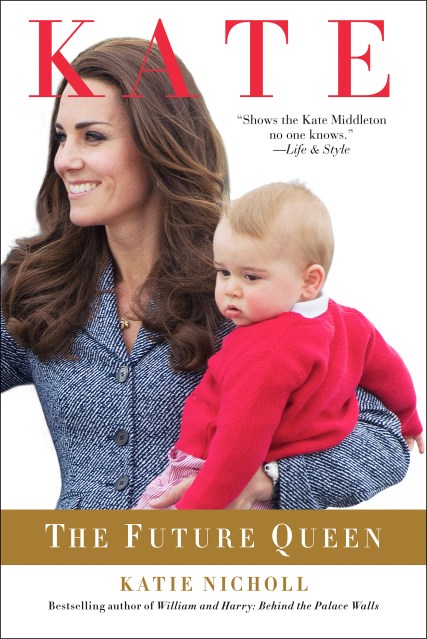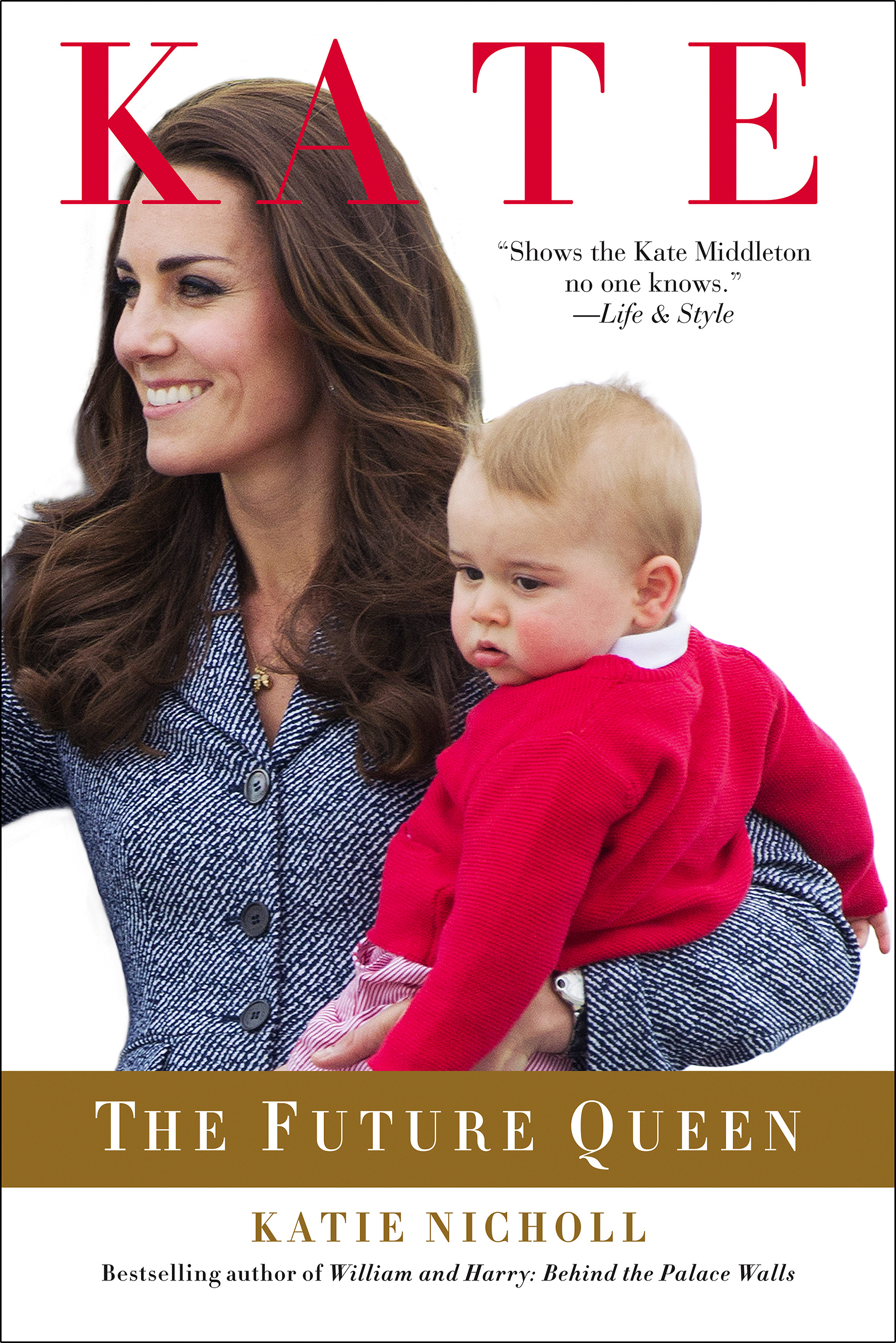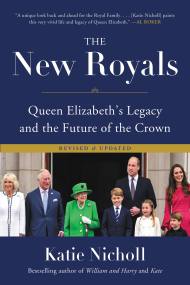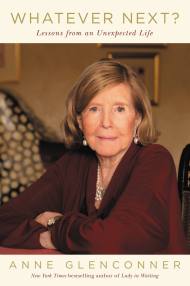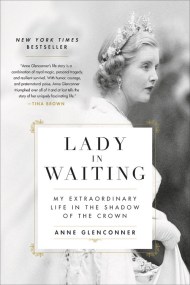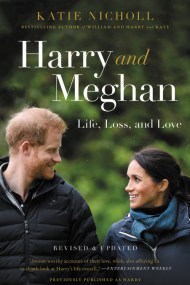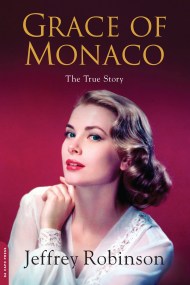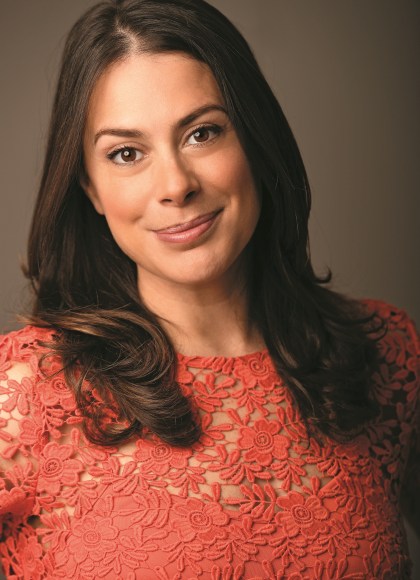Promotion
Use code MOM24 for 20% off site wide + free shipping over $45
Kate
The Future Queen
Contributors
Formats and Prices
Price
$21.99Price
$28.99 CADFormat
Format:
- Trade Paperback $21.99 $28.99 CAD
- ebook $9.99 $12.99 CAD
This item is a preorder. Your payment method will be charged immediately, and the product is expected to ship on or around March 31, 2015. This date is subject to change due to shipping delays beyond our control.
Also available from:
Katie Nicholl, bestselling author and royal correspondent for The Mail on Sunday, gives an inside look into the life of the future Queen of England, Kate Middleton. Since becoming Duchess Catherine of Cambridge in 2011, Middleton has captivated royals fans around the world and now, Nicholl delivers the story of her early life, first romances, and love with Prince William. Nicholl will reveal new details on Middleton’s initiation into royal life and, of course, her first pregnancy.
Genre:
-
Praise for Kate: The Future Queen
"Part modern fairy tale, part royal love story, Kate: The Future Queen is the definitive account of how commoner Kate Middleton met her prince and became the Duchess of Cambridge."
— Vanity Fair
"[I]f like us you're obsessed with all things K-Mid, you need this book in your life."
— New Magazine
"You'll be glued to [Kate: The Future Queen] — and simultaneously wish Kate — ahem, Catherine — was your best friend. With all the juicy details about her life (many of which have never before been revealed), maybe you can just pretend she is!"
— HelloGiggles.com
Praise for The Making of A Royal Romance
"An entertaining, richly photographed book . . . Chattily and fondly Ms. Nicholl chronicles the boys' lives and gives Kate ample treatment."
— New York Times Book Review
"Reveals juicy tidbits ahead of a royal wedding."
— USA Today
"Talk about perfect timing! Just as news of Prince William's engagement broke, royal watcher Katie Nicholl's book about the future king hit the stores. Full of insights and juicy details about both young men, it's a must for any fans of the royals."
— Life and Style
- On Sale
- Mar 31, 2015
- Page Count
- 384 pages
- Publisher
- Hachette Books
- ISBN-13
- 9781602862609
Newsletter Signup
By clicking ‘Sign Up,’ I acknowledge that I have read and agree to Hachette Book Group’s Privacy Policy and Terms of Use
